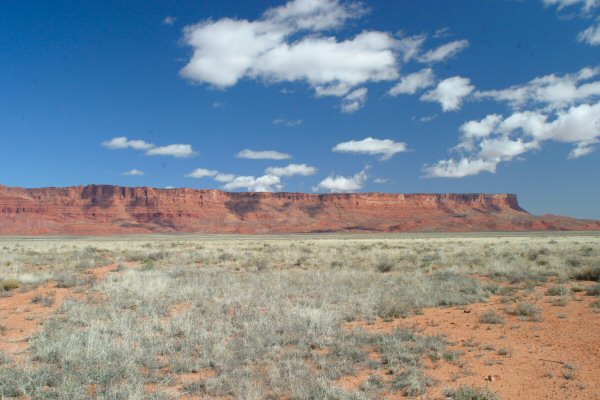|
The California Condor in Utah |
|
Index: |
Utah Info |
Reintroduction |
Article on Release |
Article on problems | Photos |
Status
of Individuals | Other Articles |
Information from "Utah Birds: A Revised Checklist" (1985)
|
|
Key Dates:
| Map to Condor Release Viewing Site | " The public is invited to congregate below the towering 1,000 foot Vermillion Cliffs to observe the release of nine young California Condors at 11:00 a.m. on Friday, Dec. 29, 2000. Follow Highway 89A for 27 miles west of Marble Canyon and turn north (right) on House Rock Road for three miles. Weather-permitting, the roads are easily passable in two-wheel vehicles and will be clearly marked on December 29. Observers are advised to wear layered warm clothing (temperatures could be near freezing) and to bring ample food and drinks. Bringing spotting scopes or powerful binoculars and a lawn chair will enhance the experience. Observers should be advised that there are no shelters or restroom accommodations at the observation site. Biologists and land managers will be on site to provide information, answer questions, and celebrate the occasion." CALIFORNIA CONDOR PROBLEMS
Is lead to blame for death of Zion condor? (20
Jan 2013)
|
|
|
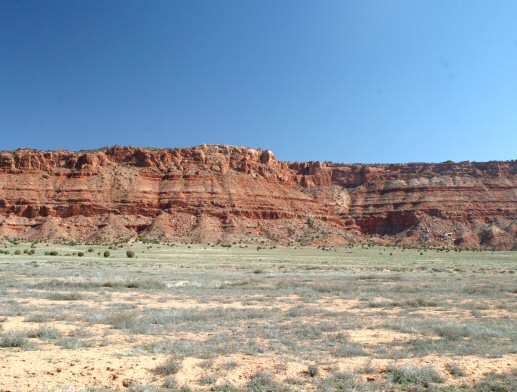 Vermilion Cliffs (1 Mar 2005) by Dave Rintoul İDavid A. Rintoul |
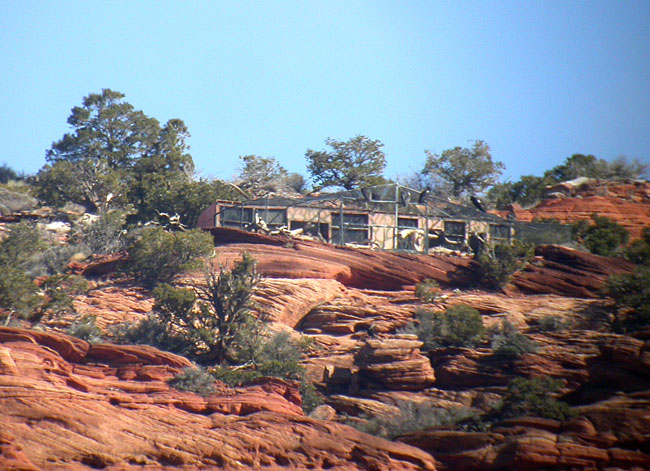 Condor Cages on the Vermilion Cliffs (30 Jan 2005) by Milt Moody İMilton G. Moody |
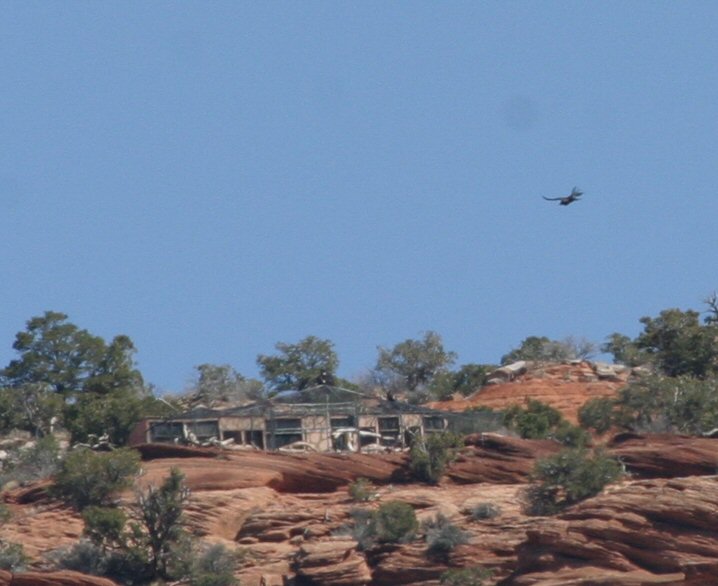 California Condor Flying near Cages (1 Mar 2005) by Dave Rintoul İDavid A. Rintoul |
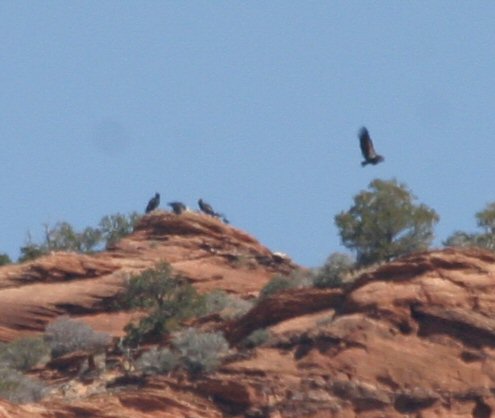 Condors Feeding (1 Mar 2005) by Dave Rintoul İDavid A. Rintoul |
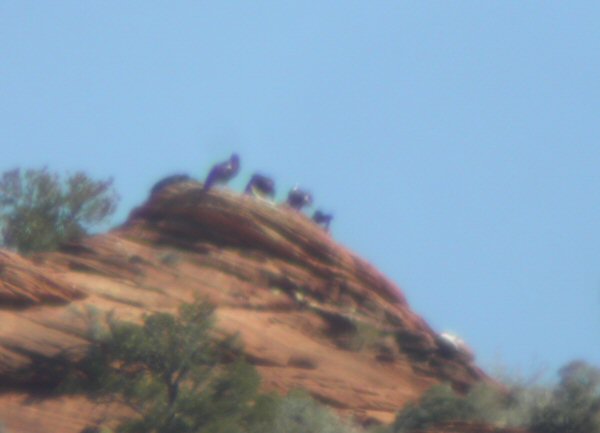 Close-up of Condor Feeding (1 Mar 2005) by Dave Rintoul İDavid A. Rintoul |
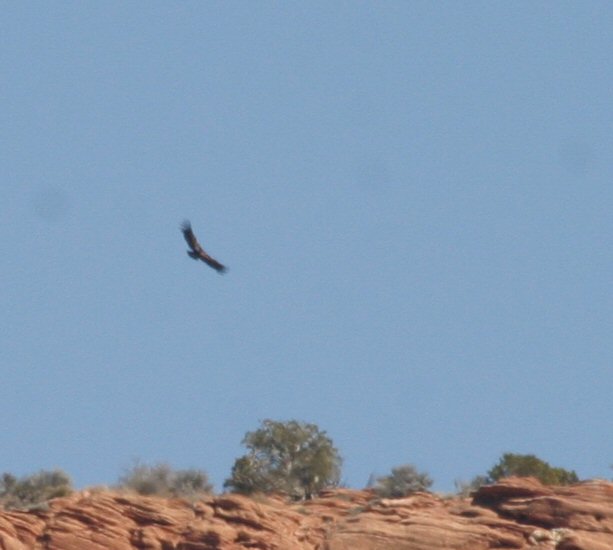 Condor Soaring in the Virmilion Cliffs (1 Mar 2005) by Dave Rintoul İDavid A. Rintoul |
|
California Condor in Utah 1996 - Captive Release 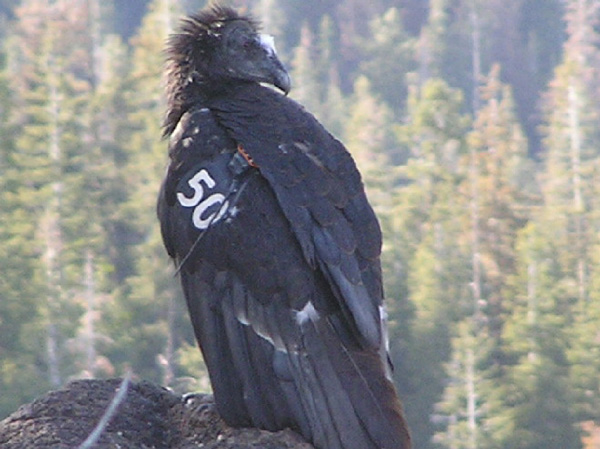 Juvenile Condor at Lava Point, Zion National Park, Utah (May 2004) by Larry Tripp İLarry Tripp |
|
Sightings of the California Condor in Utah have become more frequent especially in southern Utah, however, condors have been reported as far north as Vernal, in northeastern Utah. Here are a few specific sightings. The list should grow.
|
